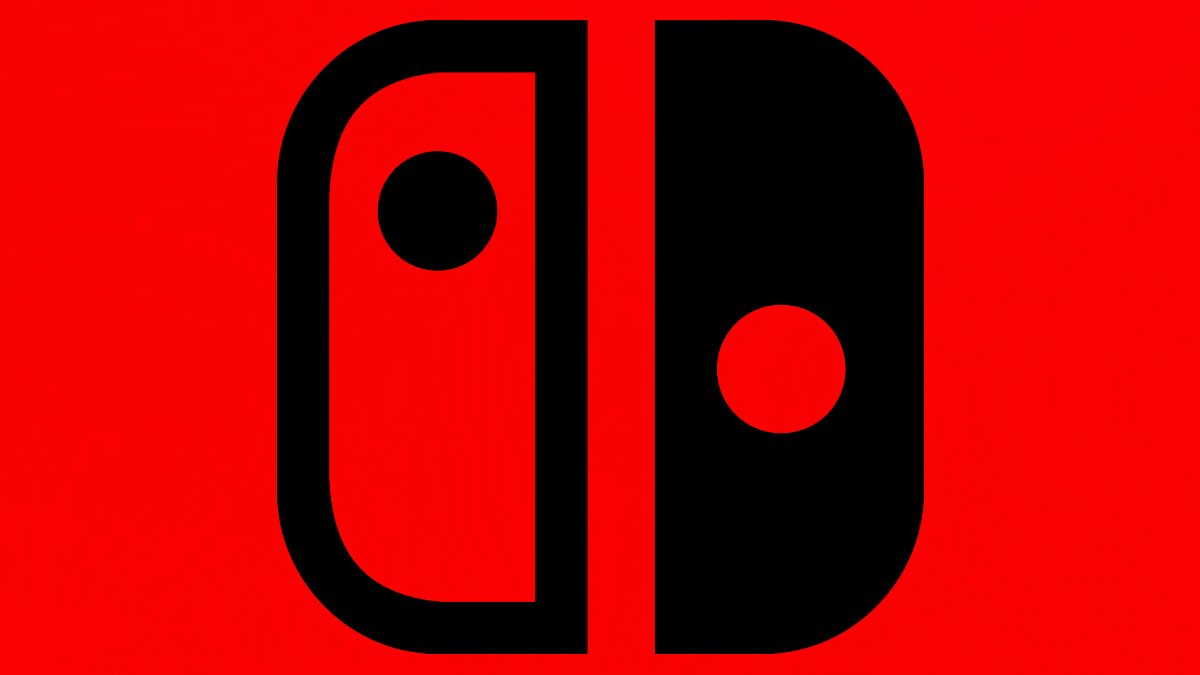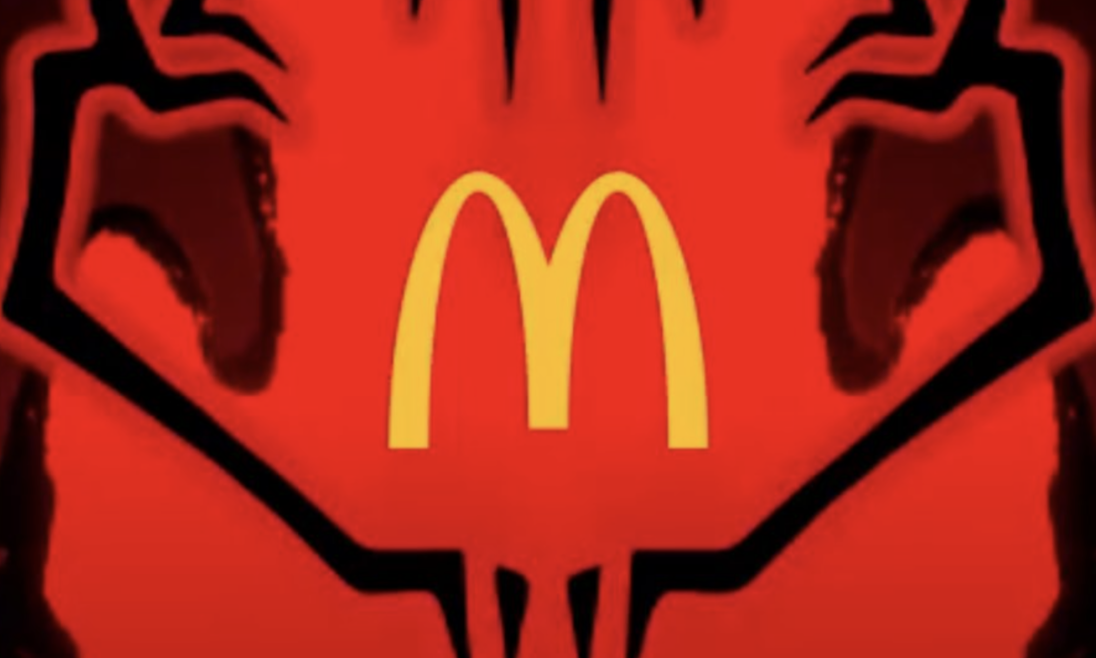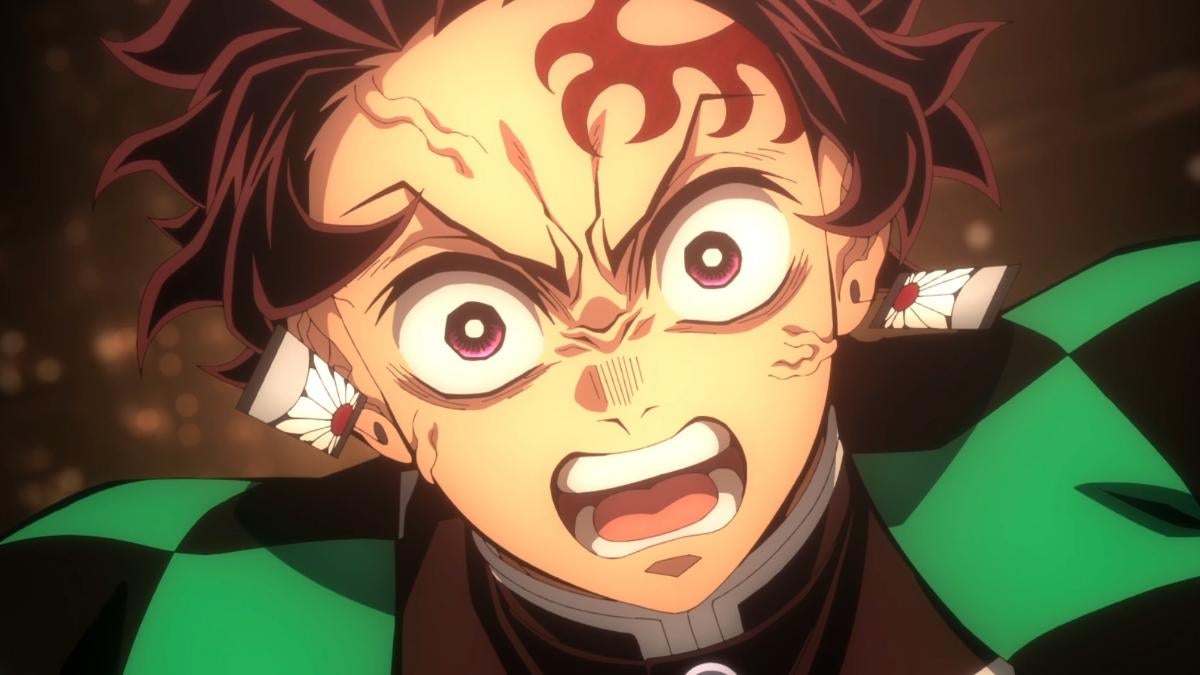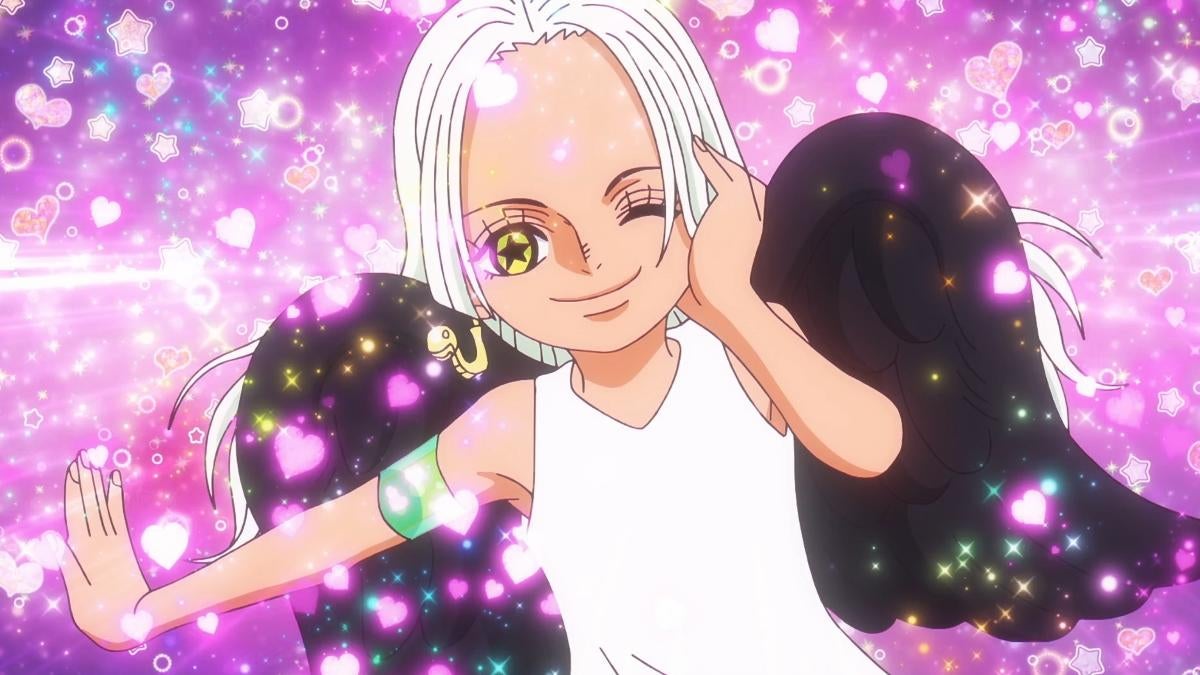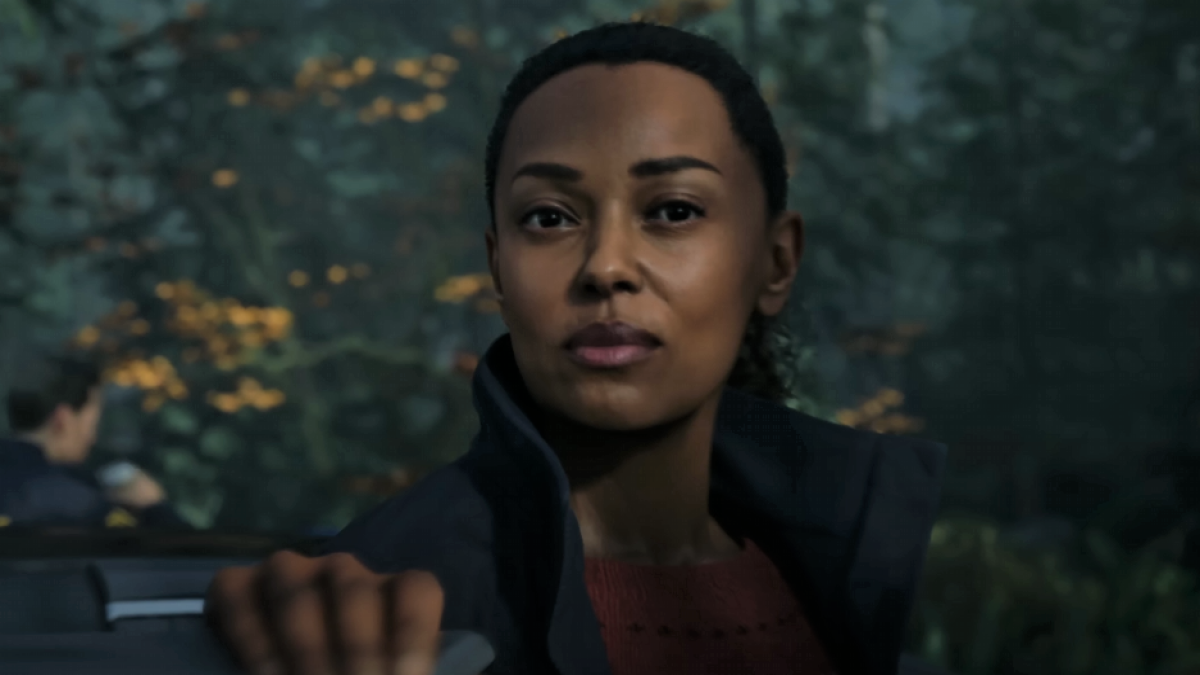Interview: The Swords of Ditto's Animator on Inspiration, Nintendo, and Cartoon Cubes
The Swords of Ditto is now available on PlayStation 4 and PC. We loved the game (review here). [...]
The Swords of Ditto is now available on PlayStation 4 and PC. We loved the game (review here). Players around the world are delighting in its old-school gameplay that reminds us of classic The Legend of Zelda, and in its gorgeous design and animation, which remind us of the best Saturday morning cartoon we never got to see growing up.
If you're getting warm-and-fuzzy cartoon vibes from The Swords of Ditto, that's probably because its animator Alex Berry has a background in cartoons. We had the unique pleasure of chatting with Alex about his transition from cartoons to video games, and his Nintendo roots, which inspired how he approached animation for this one-of-a-kind treasure. Check out our conversation below:
(WWG) Alex, thank you so much for chatting with us about this freaking adorable game. Want to give our readers a quick overview of the type of work you've done in your career, and why you decided to work on The Swords of Ditto?
Alex Berry: It's my pleasure! Before my work on The Swords of Ditto, I was doing work entirely in the TV and web content side of animation. I'd worked at a studio in Boston for about five years as both an animator and storyboard artist. When the studio closed down, I ventured into remote freelancing for a variety of small studios around the country. Most of my career so far has focused on cartoons aimed at a fairly young audience, which meant I had a portfolio full of cute characters doing silly things. I think that background helped catch the eyes of the Ditto team.
Deciding to work on The Swords of Ditto was easy! I've played games steadily since I first held an NES controller. I've been a hardcore Nintendo fan since. When I saw that Ditto was going to merge SNES era gameplay with modern twists and a contemporary cartoon style, I was immediately intrigued.
The Swords of Ditto has such a sweet and whimsical aesthetic. What was your anchor of inspiration when bringing these characters, monsters, and environments to life? Is there one thing you can point to and say, "That really guided my imagination for this process?"
Internally within the team, the biggest point of inspiration is our lead artist and character designer David Hankin. Dave's aesthetic for the game is so immediately appealing and adorable that it absolutely guided how I was going to approach the character animation. I really just wanted to match the level he was at in the character design. I was worried that if his characters didn't move well, I'd ruin the appeal of his amazing designs!
As for external points of inspiration, I've looked at other games that manage to get really good 2D animated performances and aimed for that level of finesse. I've always loved the amount of character WayForward can get into their tiny character sprites. Mighty Switch Force! and Mighty Milky Way come to mind.
If I can pinpoint one specific game that has definitely been an influence, it's Mother 3 for the Game Boy Advance. Mother 3 is the sequel to the SNES game EarthBound, and while it shares a very similar visual aesthetic, Mother 3 improved upon the animation to an enormous degree. For my money, no game has done better acting in pixel art.
When animating a cartoon, you can make your characters do whatever you want. Video game characters are controlled by the player and adhere to certain rules. What was the biggest challenge for you when attempting to instill life into what is ultimately a player-controlled toon?
Making the transition from TV to game animation was definitely a challenge. In film and TV, you have a couple luxuries you won't have in a game. One is the simple fact that TV is linear by nature. If you are animating a TV show, and one of your scenes is kind of so-so animation or you made a mistake, it's gone in a flash. If I had a bad frame of animation on a show, it'll be replaced by a new frame of animation in 1/24th of a second, and the viewer probably won't pick up on the mistake. Because games tend to repeat a lot of animation, if I had a character running and it was looped, you'd have MANY chances to see the mistake I made.
The other advantage TV and film have is how you can always choose to frame a character in a shot. If I wanted to have a character walk across the screen in a show, I could absolutely choose to frame the shot waist up so that I don't have to animate the character's legs. In our game, characters are obviously always shown in full. Which meant doing a lot of full-body animation! I think most any animator will find full-body animation to be the more fun route, but it's also the more time consuming and challenging one.
Point out or name one thing in the game -- be it a character, environmental detail, or monster -- that proved to be an unexpected challenge for you as an animator. Maybe something we wouldn't expect?
This is a really easy answer for me that will probably seem silly: a cube.

The absolute hardest thing I had to animate was an enemy that was cube shaped. When it "walked," it would rotate toward the camera, away from the camera or to the side. With most of the characters being organically shaped, I could often fudge in-between drawings in ways that don't have to be precise. With the cube enemy, I had to make sure it'd actually make some sense, perspective-wise. I went in thinking it would be easy but it ended up being a head-scratcher.
For younger readers who love animation in television and in video games, which medium is more challenging? What's something budding artists will want to focus on if they want to get involved in the gaming industry?
I'm not sure one is necessarily more difficult than the other. They each have their challenges. For me, my biggest challenge in the TV side of things was the pace of everything. We were working on a small show with a small budget, and we were pumping out episodes every couple of weeks. It led to some very long days.
With The Swords of Ditto being my only game animation experience so far, I'd say the biggest challenge was, as I mentioned, having to animate everything in-full. No cheating by hiding things off frame. And on a personal level, there was definitely some challenge being the sole animator! In bigger productions for both TV and games, you're likely to have a team of animators deciding on the nitty-gritty details. For Ditto, I had to represent the animation side of things on my own, which was both intimidating and extremely rewarding.
Can you give us an idea of what you're working on next? Will we see your work in another video game any time soon?
That's a good question! I wish I had a good answer. I'm still on Ditto for a bit, but I've yet to commit to another project after that. I think it's fairly likely I'll end up in the TV and web side of things again, but if the right project in games became available, I would gladly take it. Working on this game has been a life changing experience for me on a professional and personal level.
